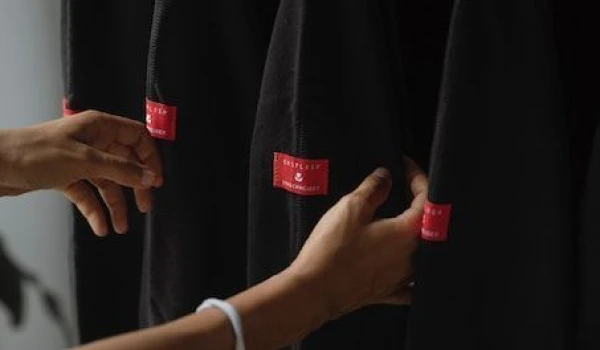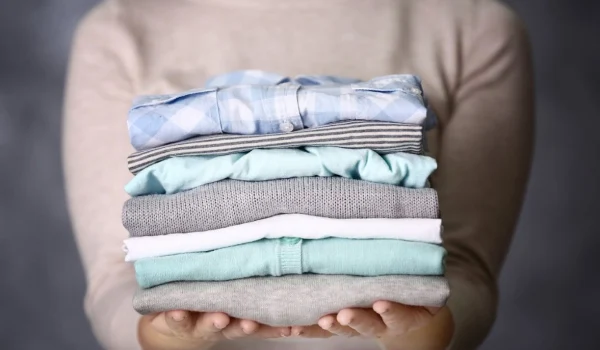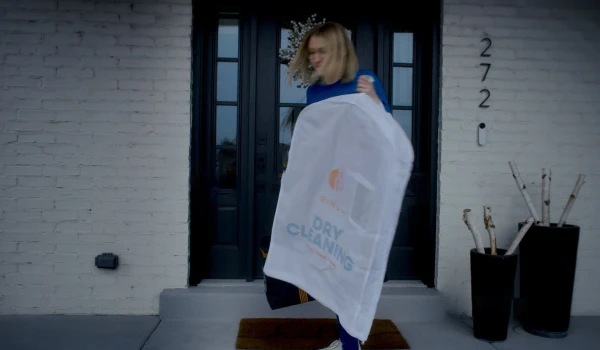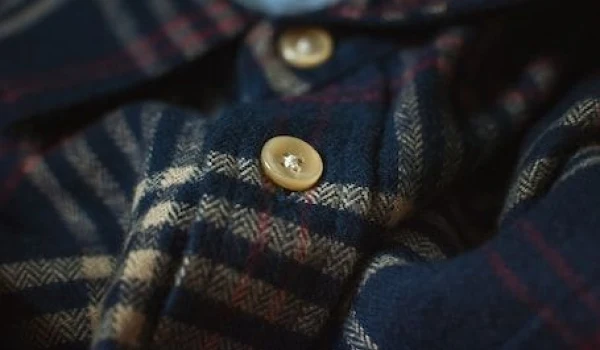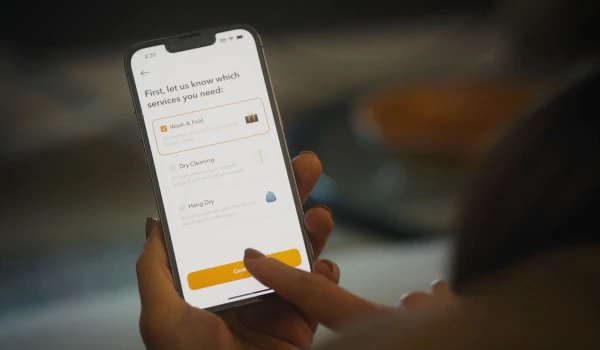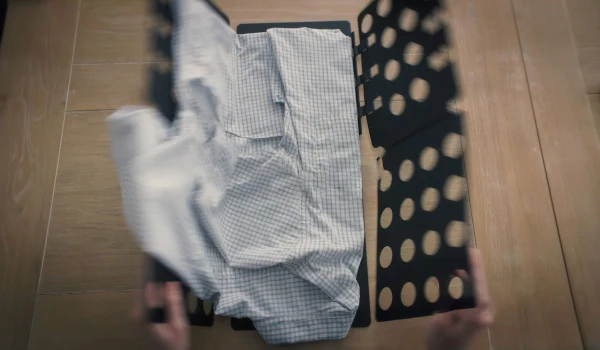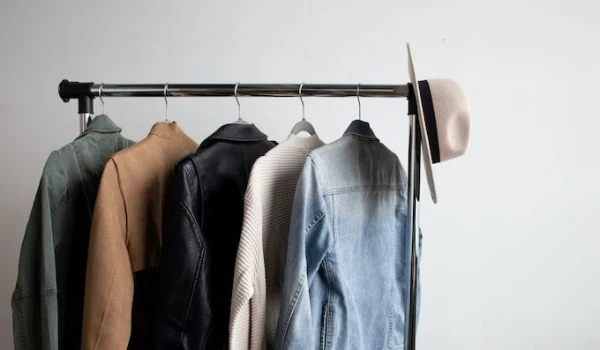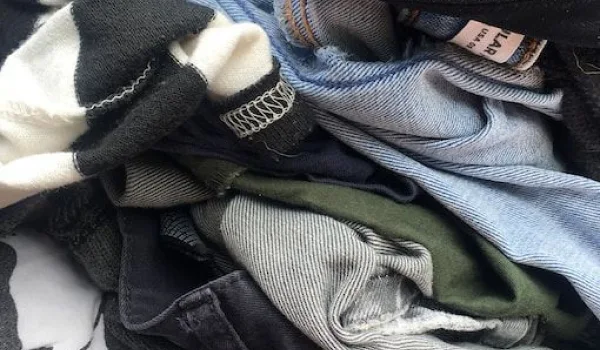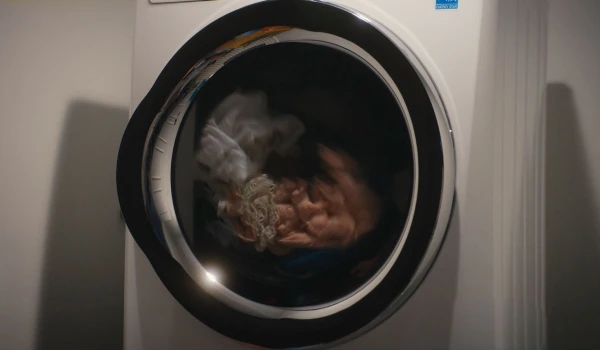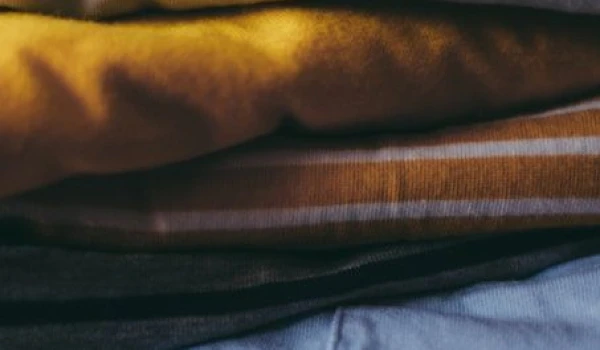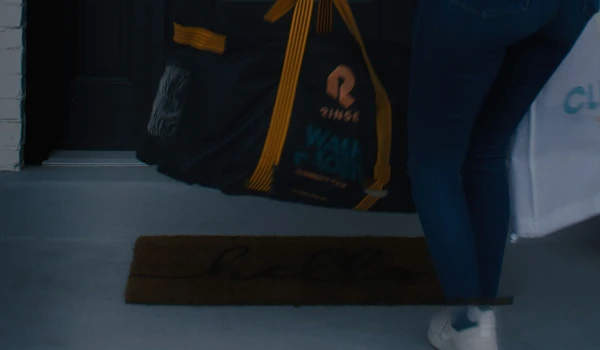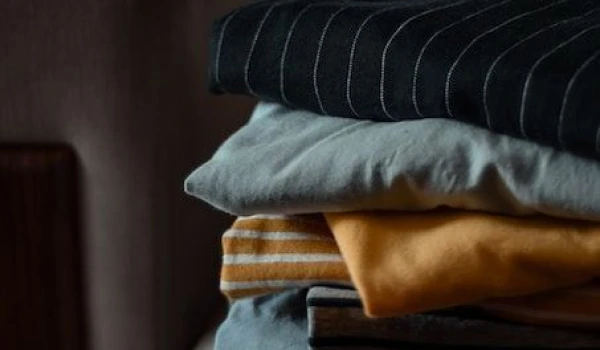Introduction
Sometimes, it so happens that your washing machine malfunctions or breaks down. It's the middle of the Christmas break or a weekend and you can't seem to find an appliance repair service. Or maybe you don't have the extra cash for a repairman. Now, you have a whole load of laundry, which includes the dress you planned to wear for the New Year's Eve party at your friend's place.
Whatever the reason may be, you should know a few wash machine repair tricks to see if you can troubleshoot and fix the problem. Is there something wrong with the drain hose? Does your washer stop during a particular spin cycle? Is the power cord chewed up by your dog? You know, the usual.
In this guide, you'll learn how to address common wash machine repair issues. We'll talk about drainage issues, leak handling, power problems, spinning malfunctioning, etc.
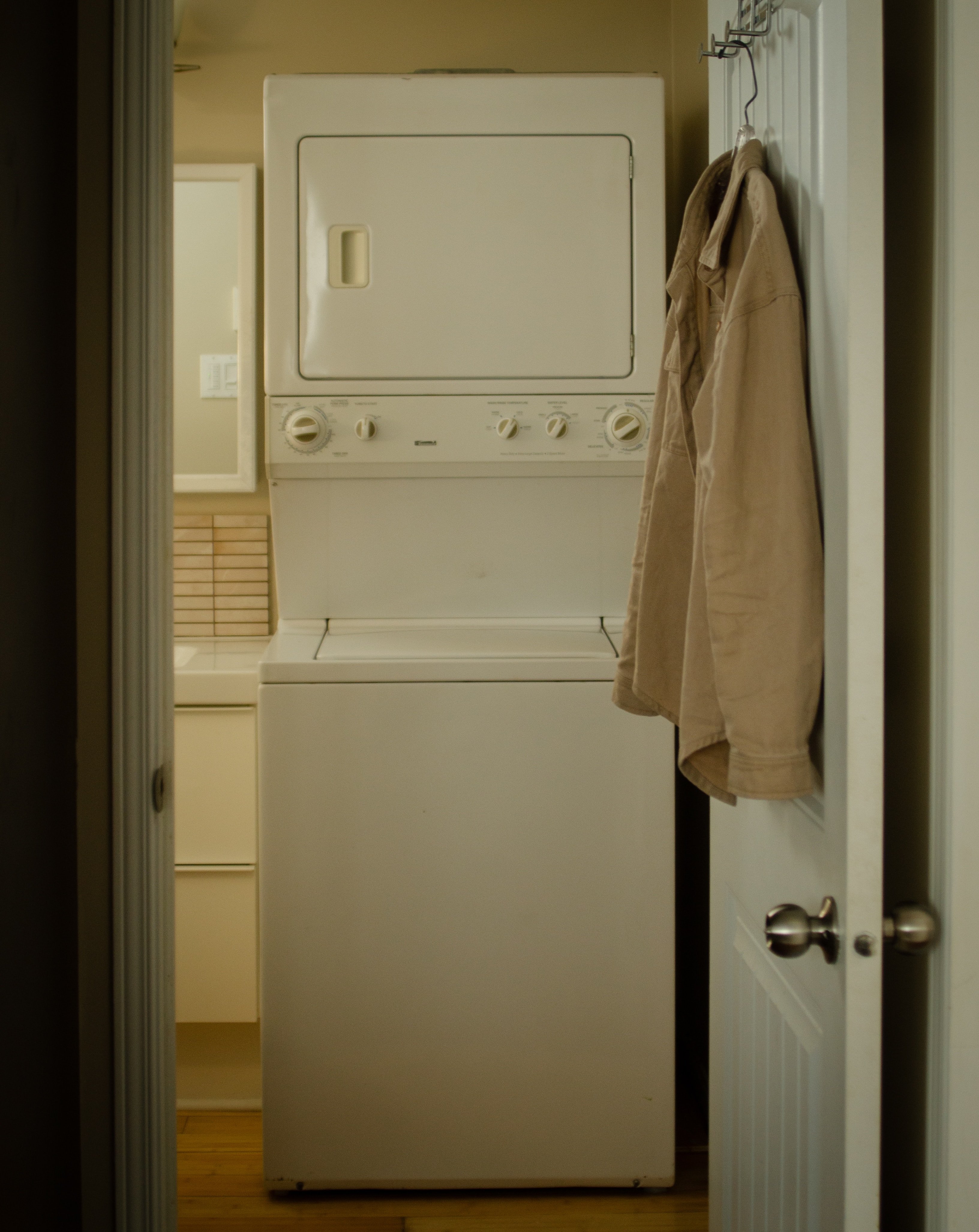
Safety First
Here's a quick reminder: you're not a trained and certified repairman. So, you'll need to be extra cautious during your washing machine repair adventure. Here are some tips:
Unplug the washing machine before you touch any of its internal parts. It doesn't matter if the repair is as minor as removing a sock stuck in the drain hose.
-
Get help. If it's something big, you might need an extra pair of hands.
-
Do not try to lift the washer alone. Washing machines are heavy. They can also tip over if you're not careful.
-
Wear protective gear like gloves and safety glasses. They will keep you from getting hurt during your washer repair since you might come in contact with dirty and sharp parts.
-
Add some prep to your repair. A picture of the washer's model info, the troubleshooting guide, or a YouTube video are some examples.
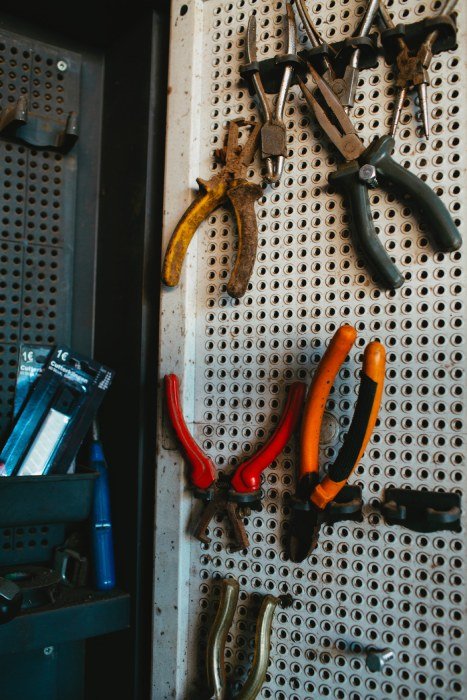
How to Fix a Washer That Doesn't Spin
You've selected a cycle, such as Eco Warm, but your washing machine refuses to spin. It's a common issue. Here are some ways to fix it.
Check If the Washer Is Level
Back in the day, we had washing machines that would, quite literally, move from their spot during spinning. However, modern washing machines are built with safety in mind.
One of these measures is the automatic shut-off feature. If your washer isn't level, it can trigger this feature and halt the spinning cycle.
Check if your washer is level on the ground. If it's not, fix it by adjusting the feet. Or, you can put a level platform under it.
Redistribute the Load
Sometimes, the washing machine's spin cycle stops because the clothes inside aren't balanced. For a front-load washer, open the door and rearrange the clothes inside. Then, close the lid.
As soon as you do it, spinning will continue. If not, try again.
Common loads that get ''unbalanced'' contain high-absorption garments. These may be thick winter clothes, jeans, towels, or bedsheets. Try taking some of these items out and re-running the spin cycle.
Check the Drain Hose
Some items, like coins or hairpins, can clog the drain hose. Look for the drain hose that goes from the backside of the washer to the pipe. Remove it and inspect for any blockages.
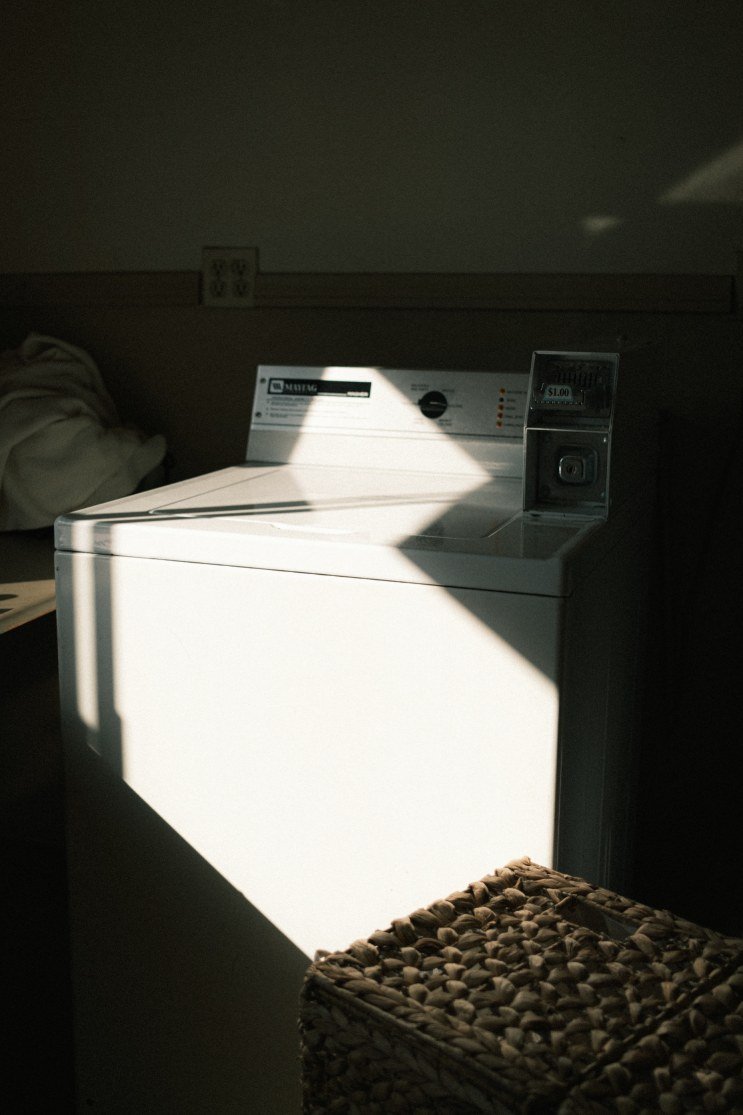
How to Fix a Loud Washing Machine
Sure, washing machines make a noise when operational. But does yours seem to be louder than thunder? If you hear unusual and loud noises coming from your washing machine, it's time to investigate.
Empty Your Pockets
For most washers, when the lid locks in place (as the cycle starts), you hear a clicking sound. That's perfectly normal.
But what if you hear metal clicking and hitting against the inside of the tub? It's probably something you forgot in your pockets, like coins (or keys?!).
Lubricate the Tub Bearings
The tub bearings are present below the washer's tub. When they get old and worn out, they start making a lot of noise. You can lubricate them with grease to make the noises go away.
Check the instructions on your washer's manual to see which type of grease you should use. Silicone grease and turbine oil are standard options.
Alternatively, replace the tub bearings.
Replace the Motor Drive Belt
The motor drive belt could be worn out, leading to loud noises. Often, you'll also smell burning rubber. That's an indication to replace the belt.
However, this is a significant repair. You'll have to take some sections of your washer apart. If you plan to do it yourself, keep your user manual in front of you.
If the pulley belt on the motor is frayed or broken, replace it. Or, if it has moved out of place, fix its position.
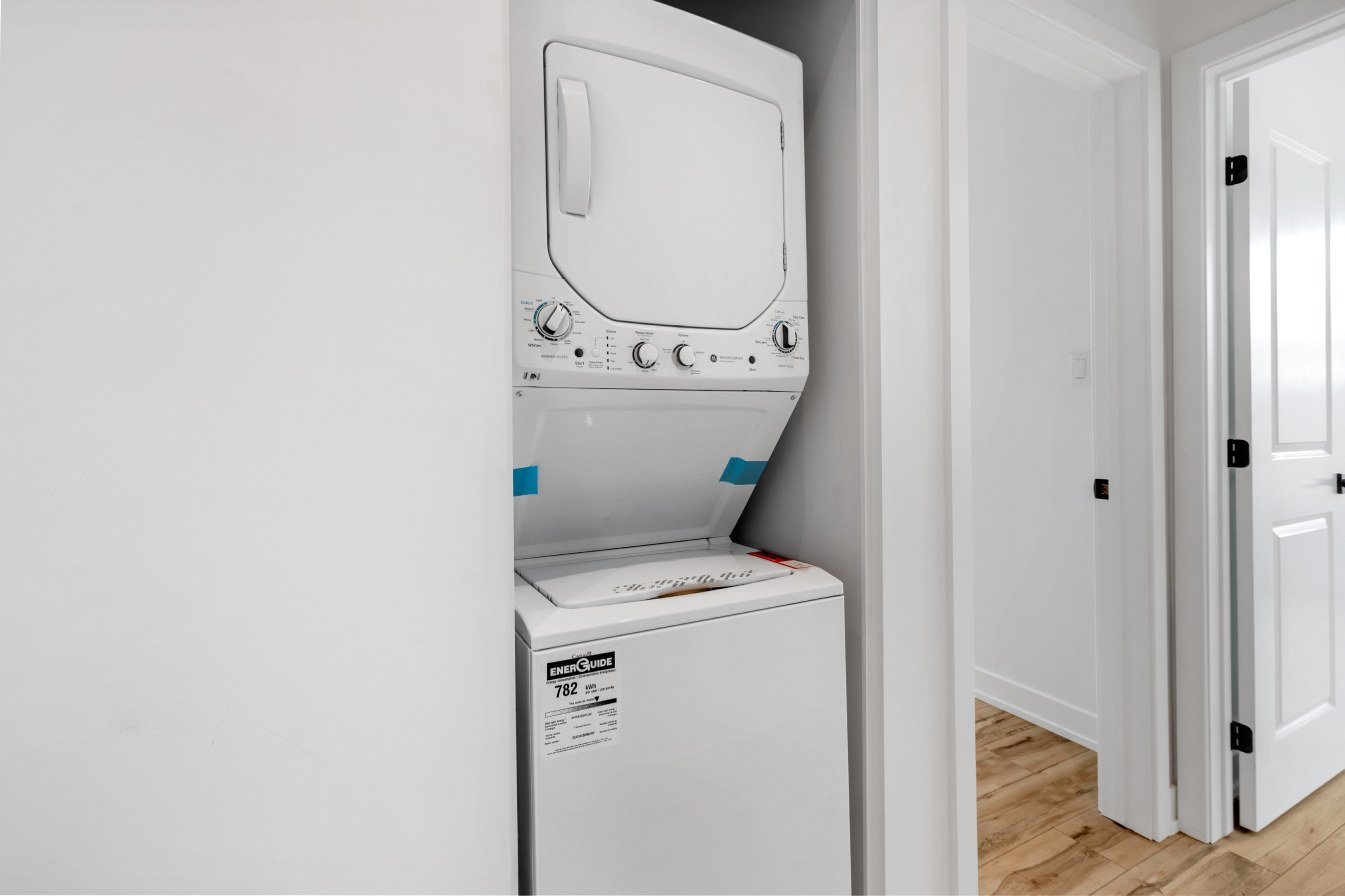
How to Fix a Washer That Won't Drain
The whole cycle runs. You open your front or top load washer only to find that the tub is still filled with water. What could be wrong? Here are some possible issues.
Check the Drain Hose
Is there a clog or kink in the drain hose? Check if the hose is crushed or kinked. If yes, fix its position. If there's a clog, remove it.
Check the Drain Pump Tube
Sometimes, the clog isn't in the hose but in the tube that takes the hose to the drain pump. Keep a bucket under the pump before you open the tube, as it contains water.
Unclamp the tube and remove it. Look for any clogs and remove them. If there is one, it will most likely be at the end. Take it out using pliers or with your hand — just make sure the washer is unplugged.
Check the Drain Hose's Height
Your washer's user manual will have a drain pipe height requirement. If the hose is placed lower than this height, the water won't drain. For instance, in Maytag washers, the maximum height for the drain pipe is 96", while the minimum is 39''. If the height seems to be the issue, adjust it properly.
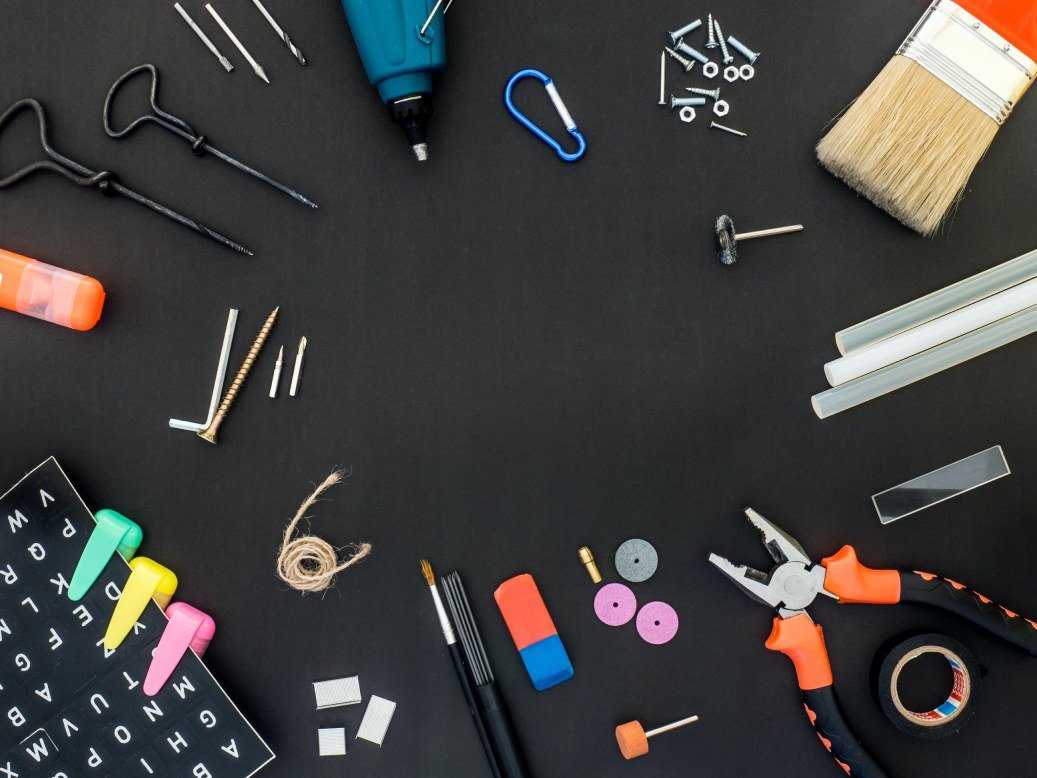
How to Deal with a Leaking Washing Machine
Is there a pool of water under your washer? Something is leaking. Here's how to fix it.
Inspect the Door
If you have a front load washer, the likely cause of leakage is a torn or worn-out door gasket. It's the gray seal between the tub and the door. Look for any cuts or damage to the gasket. If you see any, it needs to be replaced.
Sometimes, the problem is the overuse of detergent. If you see a lot of soap bubbles on the door of your front load washer, reduce the amount of detergent you use. Also, clean the washing machine while you're at it.
Check the Hoses
Check the drain and fill the hose. If they're not tightly secured, water can leak out. Make sure they're properly connected and clamped into place.
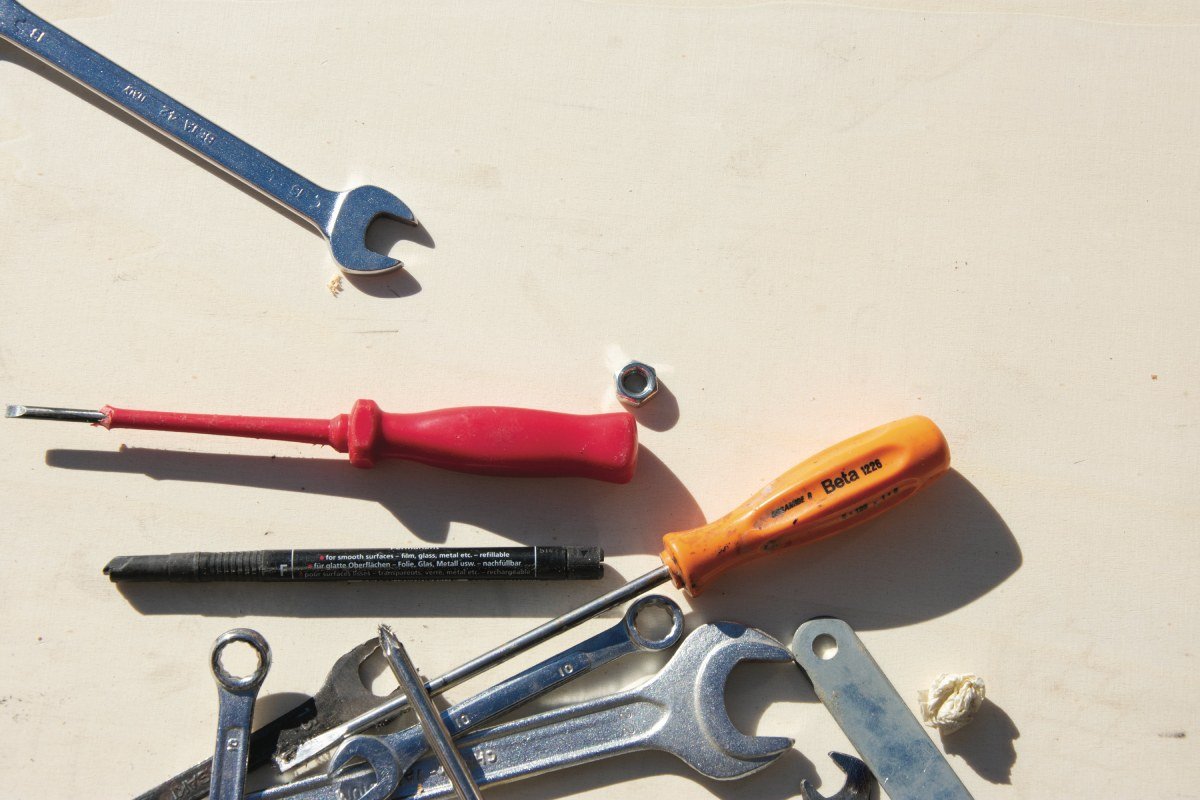
When to Call a Professional
Sometimes, you need to call a washer repair professional; you can't solve every issue. For example, if the tub of your washing machine is cracked, it will leak water. Also, a hole in the drain hose or pump can result in leakage. These problems often require professional attention.
You should also call a professional for part replacement. For most replacements, you have to unassemble your washer. It can be risky if you're unfamiliar with the machine's inner workings. Some replacements may also require specialized tools or knowledge that you don't have. An expert won't have these issues.
No Working Washing Machine? No Problem
Your washing machine won't agitate. Or there's something wrong with the water inlet valve. Maybe the drain line has to be cleaned. What should you do with the laundry pile while a professional is working on your washing machine repair?
Should you hand-wash it? That's too much work.
Easy solution: send your laundry to us at Rinse. We have unmatched expertise in washing clothes, regardless of the fabric requirements. When your washing machine breaks down, simply send us a text or book a pick-up from our app.
We'll be at your doorstep to pick up your laundry. After washing, drying, and folding your laundry, we'll drop it at your home. As a result, you can rest easy knowing that your clothes will be spotless even if your washing machine gives you a hard time. If you need dry cleaning services, we provide them for your special occasion clothing, too.
Contact us at Rinse today to see our skill in action.


